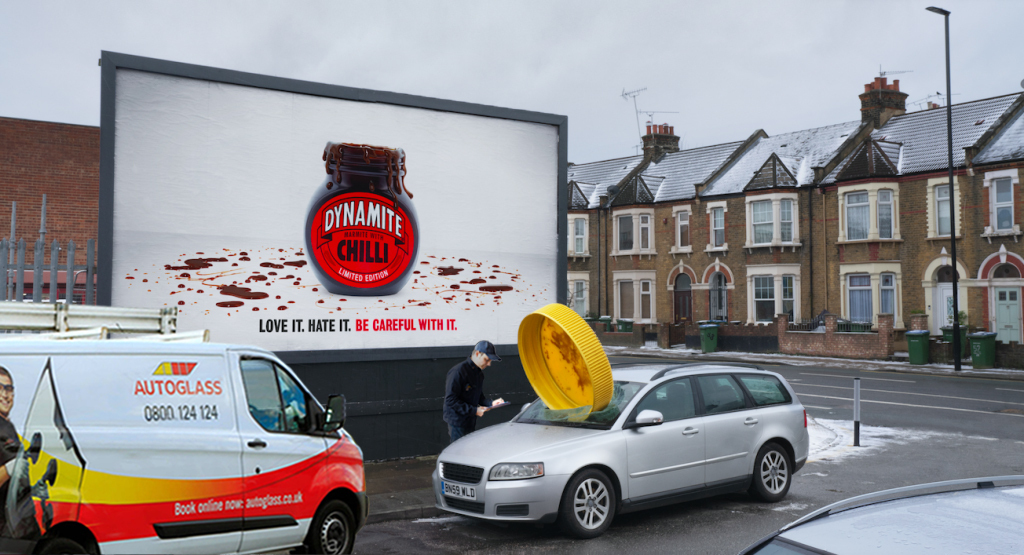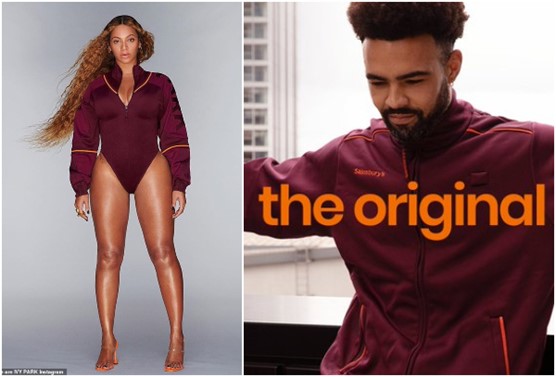“Come on Barbie, let’s go to Oppenheimer”: Why It Pays to Piggyback Bigger Marketing Campaigns
Both Oppenheimer and Barbie have seen huge success to-date, with the two blockbusters being pitted against one another in the lead up to their release on the very same day. Each of the films took markedly different approaches to promotion, yet some would argue that the combination of the two meant that both brands were able to piggyback off one another’s success.
Many would proclaim, however, that its Oppenheimer that saw the biggest boost from this head-to-head, and here, I’m going to discuss why.
Barbie reportedly had a marketing budget of 150 million dollars, which was more than it took to make the film itself.
The use of this gigantic budget involved everything from clever billboards to an Airbnb partnership to make Barbie’s dreamhouse, ensuring the world was painted Barbie-pink. It’s rare for a film marketing budget to be this large, but it worked out, with the film making this back before the end of the opening weekend, landing itself the spot of the US’s biggest film so far in 2023.
Oppenheimer, on the other hand, didn’t have a budget even close to this level. By releasing the films on the same day, and encouraging comparisons between their contrasting themes, Oppenheimer was marketed cleverly and more cost-effectively.
This approach was so successful that it was recently reported that when people showed up to cinemas to see Barbie on opening weekend and it was sold out, they stayed at the cinema and went to see Oppenheimer instead.
Although arguably one of the most high profile and successful examples of this piggybacking marketing approach in recent times, this isn’t a unique concept in film marketing. Back in 2008, Mamma Mia! And the Dark Knight were released on the same day, and we can take it back even further to 1978, when popular culture icons Grease and Jaws 2 were also released at the very same time.
This approach to film marketing creates a sense of buzz, at least in part because it creates a perception that the two films are actively competing against one another. This in turn builds a sense of a “box office race”, and consumers are often pushed to pick a side.
This is a particularly clever approach, because if we strip it back, often these films are created for extremely different audiences in the first place, yet by combining the two films in this way, audiences are more likely to want to view both films to compare or pick a favourite, expanding viewing figures through dual marketing.
This unique approach to collaboration pushes beyond film marketing and is something that teams for smaller, emerging brands have been perfecting for decades. As with Barbie and Oppenheimer, this approach can not only support smaller brands in gaining more traction, but often aids larger brand campaigns to expand beyond their existing audiences too.
Here are three of our favourite examples of this approach:
1. Innocent Smoothie after the launch of the first iPhone in 2007.
The launch of the iPhone by Apple was one of the most anticipated tech releases in modern history. The company spent 467 million dollars on marketing in 2007, the year the iPhone launched. Innocent smoothie, sellers of apple juice at the time, saw an opportunity to ride this wave, producing this tongue and cheek advert using Apple’s marketing techniques.

Credit: Innocent Drinks
2. Autoglass reactive response to Marmite’s New Product Billboard Stunt.
In 2021, Marmite brought out an explosive campaign to launch its new chilli flavour. The huge campaign involved multiple agencies, creatives, billboards, and special effects, taking months to plan.
The campaign itself included a “smashed windscreen” as part of the effect, something which windshield repair company Autoglass capitalised on. With one quick photoshop edit, incorporating their team and branding into the original Marmite campaign image, the brand gained a huge amount of brand awareness whilst spending next to nothing.

Credit: Autoglass
3. Sainsburys Reacts to Ivy Park x Adidas Launch as Collection Looks like Sainsburys Uniform.
In January 2020, Beyonce’s fashion company Ivy Parks launched their collection with Adidas. UK fans were quick to notice a comparison between the new collection and the uniform of the supermarket Sainsburys. Instead of letting the opportunity pass them by, Sainsburys came up with a witty response; a graphic labelling them as “the original”.
The new collection sold out in a weekend, so the jibe didn’t hurt Beyonce or Adidas, but it certainly expanded the audiences of both brands.

Credit: Sainsburys
Whether you’re team Barbie or team Oppenheimer (or both!), it’s clear that this approach has had a hugely positive impact on the performance of each of these films. In the meantime, we’ll be keeping a close eye out for the next brands to take this technique on!
Latest Insights From The Team.
Explore our team’s latest thoughts and actionable advice from our blog to support your digital marketing strategies.